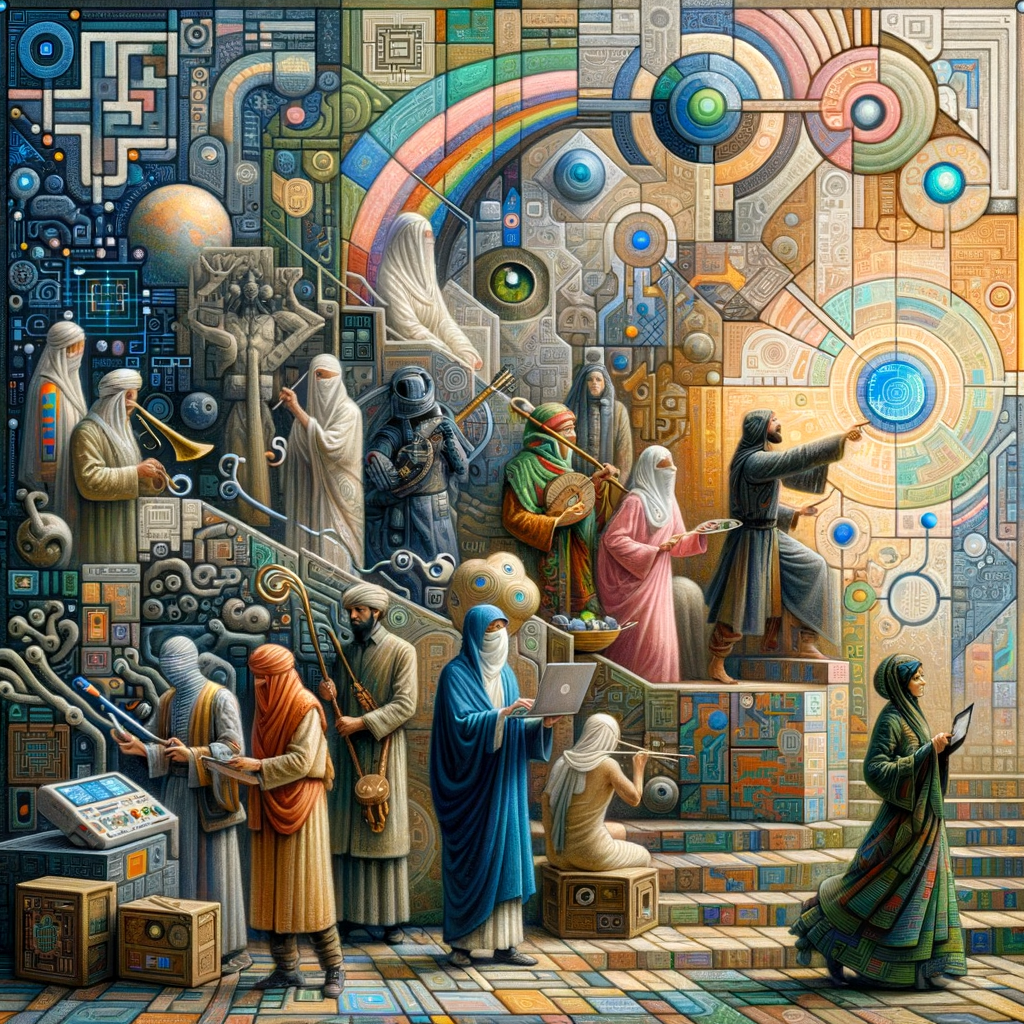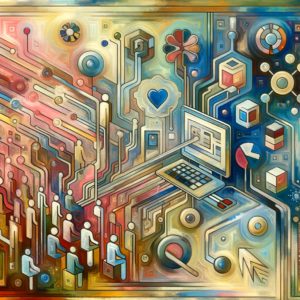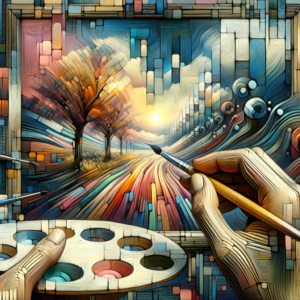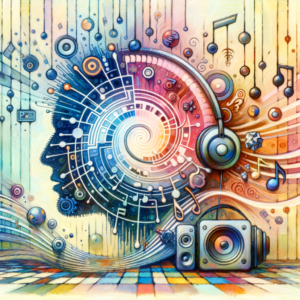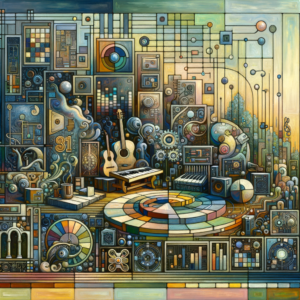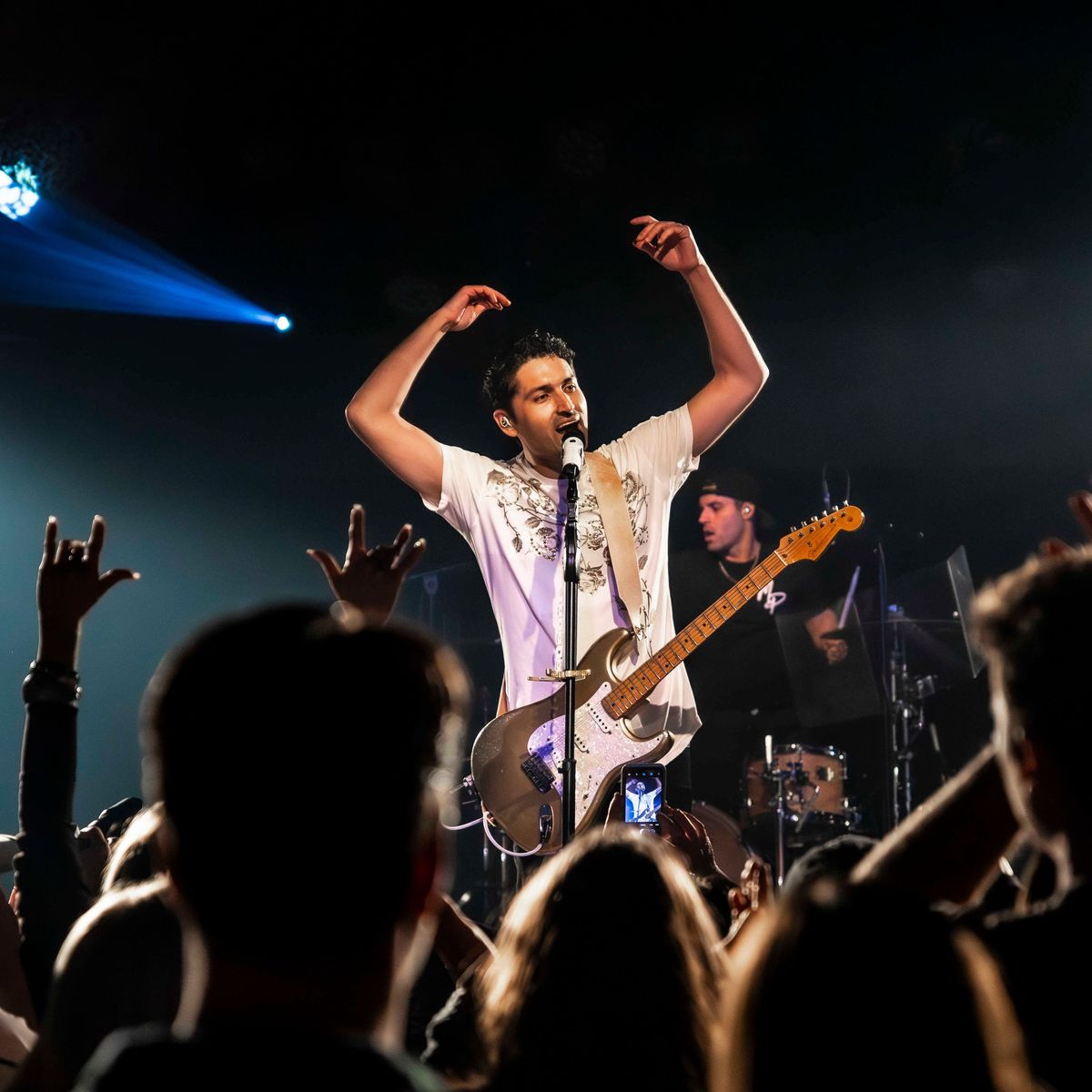> Part 1 of the Digital Horizons: Cultivating Culture in the Tech Era series
In an age where technology often paves the path of our cultural journey, a mesmerizing convergence is emerging between the past and the future. This intersection has given rise to the concept of “Virtual Heritage,” where digital technologies such as digital archives, 3D reconstructions, and augmented reality are crucial in preserving and revitalizing cultural heritage. This first part of our series, “Digital Horizons: Cultivating Culture in the Tech Era,” delves into how technology can be both a guardian and a gateway to our collective history.
The potential for technology to act as a conduit for cultural preservation is immense. Around the globe, digital archives are being meticulously assembled to safeguard and democratize access to history that is otherwise in peril. These digital vaults offer not just safety from the ravages of time and conflict but also accessibility that bypasses geographical and socio-economic barriers. Communities that once feared the erasure of their ancestral stories now find a digital repository that immortalizes their narratives, offering everyone a chance to learn from and contribute to a shared cultural tapestry.
Moreover, 3D reconstructions and augmented reality bring a new dimension to our understanding of historical sites and artifacts. By creating immersive experiences, these technologies allow viewers to traverse the corridors of ancient civilizations without leaving their own. For instance, digitally reconstructed ruins can now offer a glimpse into their original splendor, allowing us to appreciate architectural magnificence long eroded by time. Here, technology transcends mere preservation; it enhances comprehension and invites interaction in a way that static displays never could.
Yet, this marriage of digital tools and heritage comes with its challenges. The digital divide threatens to exclude those without access to technology, potentially widening the gap between different cultural groups. Moreover, the authenticity of digitally reconstructed sites often sparks debates. How do we ensure these reconstructions do not distort the historical narrative but instead offer a faithful representation? Such questions highlight the need for thoughtful integration of technology in preserving cultural heritage, where ethical considerations are as pivotal as technical ones.
More optimistically, as these technologies advance, they also enrich cultural education. They inspire new generations to engage with history, fostering a global dialogue that might not have been possible even a decade ago. Through virtual heritage, students and educators worldwide are encountering living history lessons, offering diverse perspectives and broadening their understanding of global cultures.
The unfolding story of Virtual Heritage represents the first stride in our series’ exploration of the dynamic interplay between technology and culture. It invites us to ponder the implications of this digital intertwining, not just on how we preserve history but how we choose to engage with it. As we advance further into this tech-driven era, the capacity to honor and refurbish our cultural patrimony lies firmly at our fingertips, urging us to redefine the custodianship of culture for generations to come.
Recent Posts
songplode intersection of culture and technology
- Virtual Kinship: The Rise of Digital Communities and Cultural ExchangeDigital platforms are reshaping community and cultural exchange, enabling global interactions while navigating challenges like misinformation and digital divides. This evolution demands thoughtful engagement to preserve cultural authenticity.
- Digital Brushstrokes: Redefining Art in a Connected WorldThe digital revolution is transforming art through VR, AR, and NFTs, creating new interactions and redefining creativity. Despite the innovation, challenges around authenticity and environmental impact invite ongoing debate.
- Musical Metamorphosis: Digital Evolution of Sound and IdentityThe digital era is revolutionizing music by democratizing creation, enhancing production with AI, and expanding global reach through streaming. Despite challenges in royalties and rights, this transformation enriches cultural identity and connectivity.
- Streaming Tales: The New Age of StorytellingAs storytelling transcends traditional media through digital innovations, platforms like Netflix and Twitch foster interactive, immersive narratives. This evolution redefines audience engagement, but raises challenges like content saturation and rights issues.

